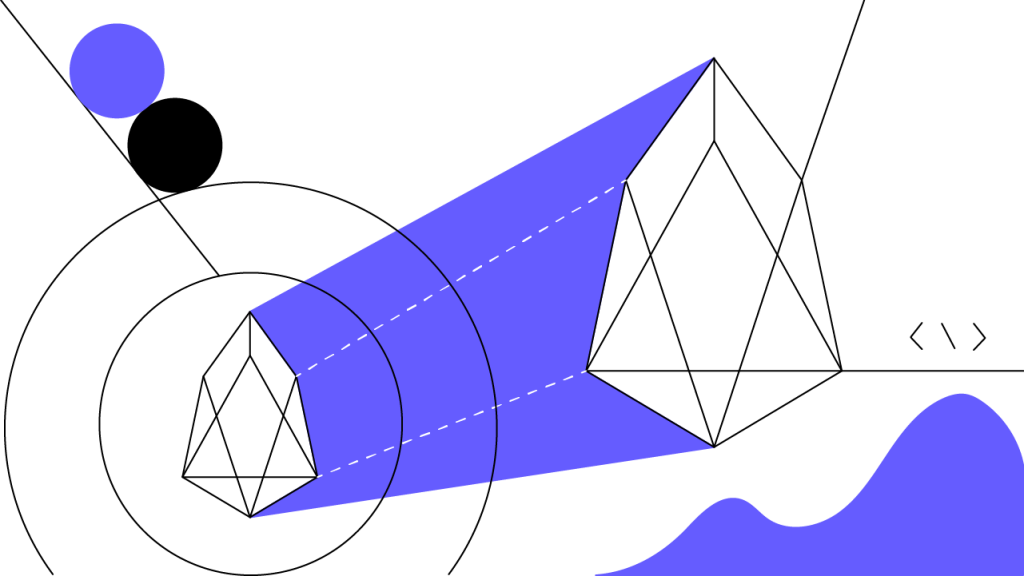Contents
EOSIO: Scalability and Enterprise Applications
With its regulatory-compliant, security-focused core blockchain functions, EOSIO aims to be a global enterprise blockchain solution.

Summary
EOSIO has an expansive mission — to empower people to architect integrity into our world. In order to do so, EOSIO is building out an equally all-encompassing software development infrastructure. In terms of scalability, EOSIO focuses on developing blockchain architecture systems capable of supporting an increasing number of applications and onboarding a growing number of users. In terms of enterprise adoption, EOSIO focuses on augmenting its network’s flexibility, compliance, and enterprise applicability. By combining these two main attributes, EOSIO strives to exponentially advance blockchain technology with its development tools, technical architecture, and robust cryptoeconomic model.
Enterprise Blockchain Applicability
Enterprise adoption will likely become one of the biggest drivers of real-world value for the advancement of the blockchain industry on a mass-scale. Technologies such as blockchain are meant to be used, and the involvement of large enterprises helps disseminate the use of technology at a high-quality level, to a wide range of consumers. In order for such widespread adoption to become a reality for blockchain, it is absolutely critical to build enterprise blockchain systems that contain:
(1) a high-performance consensus methodology,
(2) proper regulatory and compliance frameworks,
(3) an intelligent token creation mechanism, and
(4) an enterprise-grade security-focused platform.
State-of-the-art performance-based consensus algorithms stand among the foundational building blocks of any enterprise blockchain system. While and a highly scalable platform are pivotal for enterprise use, they are only part of the puzzle. For large scale enterprises to properly utilize a blockchain system, the infrastructure must be built with proper regulatory and compliance measures in mind. This often includes adhering to specific privacy regulations, copyright laws, and similar measures. Various state, national, and regional jurisdictions have their own regulatory requirements that EOSIO must adhere to in order to operate on a global scale.
is another key functionality required for the building of adaptable and adoptable blockchain systems. The EOSIO network reduces technical barriers so that t enterprises are able to create their own tokens without needing to generate a complex token contract from scratch. EOSIO also helps their clients to leverage various EOSIO tokenization standards that operate in a similar way to such as ERC-20 and ERC-721. Both of these characteristics — usability and standardization — go hand in hand in driving the enterprise adoption of technologies at an enterprise level. These standards significantly reduce the financial and human resources costs of adopting new technologies (in turn lowering enterprise costs for entering new markets), and ultimately create a baseline set of expectations that the end-consumer can rely on for quickly and easily engaging with a product or service.
Large corporations using an enterprise blockchain for their business needs require a secure infrastructure in order to safely and securely serve their customers. The EOSIO project is developing new approaches to and secure data storage, creating multi-signature techniques, and expanding support for multisig hardware key management among other security-focused applications.
Vertical, Horizontal, and Data Access Blockchain Scalability
The EOSIO blockchain’s scalability solution consists of three distinct scalability categories:
Vertical Scalability
Horizontal Scalability
Data Access Scalability
refers to a system that enhances the capacity of existing software and hardware by adding specialized resources such as RAM or a more powerful CPU. EOSIO accomplishes vertical scalability by integrating several characteristics into its system, including (WASM) smart contract engines and multi-threading (where one unit of code is used by many processors via multi-core processing) to improve smart contract performance.
The platform also achieves improved vertical scalability by implementing ongoing improvements to the . These include the (EOS VM), enhanced database access, intrinsics handling, and various other capabilities. EOSIO also works regularly to optimize its database functionality and to reduce system resources — including CPU, RAM, and network bandwidth.
Finally, to improve , EOSIO leverages the use of various abstraction layers so developers can build cross-chain decentralized applications (dApps) while using a simple and unified development interface. These abstraction layers allow multiple types of blockchain systems to easily use dApps. Data access scalability measures are used to authenticate transactions that query and read history and state data — minimizing the back-and-forth exchange of data between client and server by improving client-server architecture and allowing client-server data exchange to utilize the same tooling as the smart contract creation systems.
Enterprise blockchain adoption relies on building a highly scalable and fast blockchain system, and EOSIO is one of the pioneers of comprehensively serving these enterprise needs with widespread usability. Large corporations have the financial, technical, and human resources to achieve wide-range impact. It is paramount that blockchain-based companies continue to facilitate enterprise blockchain adoption so that together they may push the boundaries of blockchain’s real-world applicability.

Author
Is this article helpful?
